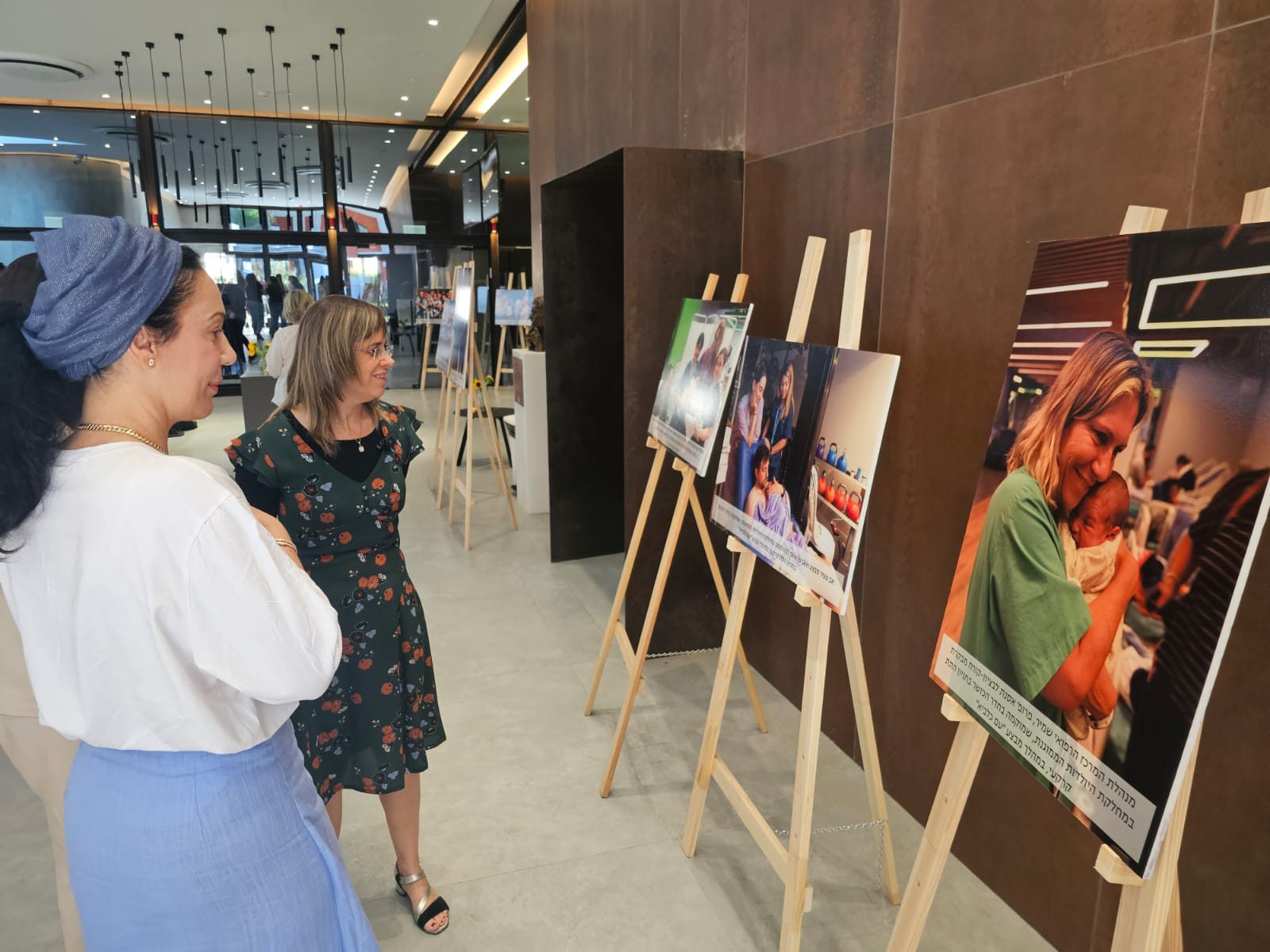(Wednesday, October 22, 2025) – As Israel marks two years of war since the October 7th massacre and the signing of the agreement that brought the hostages home, Shamir Medical Center (Assaf Harofeh) pauses to reflect with a powerful new exhibition capturing the nation’s ongoing recovery.
The exhibition documents the remarkable paths of patients treated at Shamir Medical Center since that dark day, from the first hours treating the wounded of the massacre, through the long rehabilitation of soldiers and civilians, to the return and recovery of those freed from captivity.
Featuring 40 deeply moving photographs, the exhibition reveals the human stories behind the statistics: the wounded, their families, the dedicated medical teams, and the freed hostages, all part of Israel’s collective physical and emotional healing.
Among those featured are:
- Major Omri Kazado, wounded in the battles near the Gaza border, who underwent hyperbaric oxygen therapy and, after four months of rehabilitation, returned to active service.
- Kfir Zar, critically wounded in Gaza, who after a lung transplant and extensive rehabilitation, regained full physical function.
- Staff Sergeant Reuven Ben Farash, shot six times in the battles of Sderot, who endured months of rehabilitation and held his newborn daughter for the first time last week.
- Ella Rozhansky, wounded in Kibbutz Holit, who, after 40 days in hospital reunited with her husband, also injured in the attack.
- David Isaac Hano, a lone soldier from France, wounded in Gaza and treated in orthopedics, plastic surgery, and hyperbaric care.
Another section of the exhibition focuses on the medical center’s treatment of foreign hostages freed after being abducted on October 7. Shamir Medical Center received 29 freed hostages, foreign agricultural workers from Thailand and the Philippines who were injured and kidnapped. The medical staff that accompanied them emphasized the unwavering commitment to treat every patient equally in the fight for life and recovery.
The final part of the exhibition depicts the later stages of the war, when missiles were launched from Iran toward Israel. The hospital operated in full emergency mode: maternity wards were relocated to protected spaces, hundreds of patients were moved to safety, and wounded from rocket impacts in central Israel were treated. Despite the chaos, the hospital continued to provide essential services to the wider public, a testament to Israel’s medical and national resilience under fire.
“The past two years have been a lesson in humanity, resilience, and faith,” said Dr. Osnat Levtzion Korach, Director of Shamir Medical Center. “We cared for soldiers, civilians, and hostages who returned from hell, and we all learned that true healing is not only of the body, but of the spirit and of society as a whole. This exhibition is a reminder of the journey we have taken and continue to walk together.”




